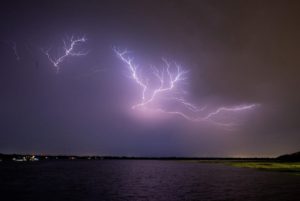T is for Temporary – Issues with Extension Cords and Other Temporary Wiring Applications
Leave a CommentTemporary wiring is just that….temporary, and is typically used for repair and maintenance projects. In this blog I am going to discuss guidance offered by Article 590 of the National Electric Code (NEC), as well as some points to consider when using temporary wiring, including extension cords and holiday lighting.
Before each use, extension cords need to be inspected for visual damage. Cords with cuts or splits to the insulation need to be discarded. Cords with damage to the connectors, including those that feel loose when connected, need to be taken out of service. Failure to properly select and use extension cords can have a catastrophic result. (more…)




